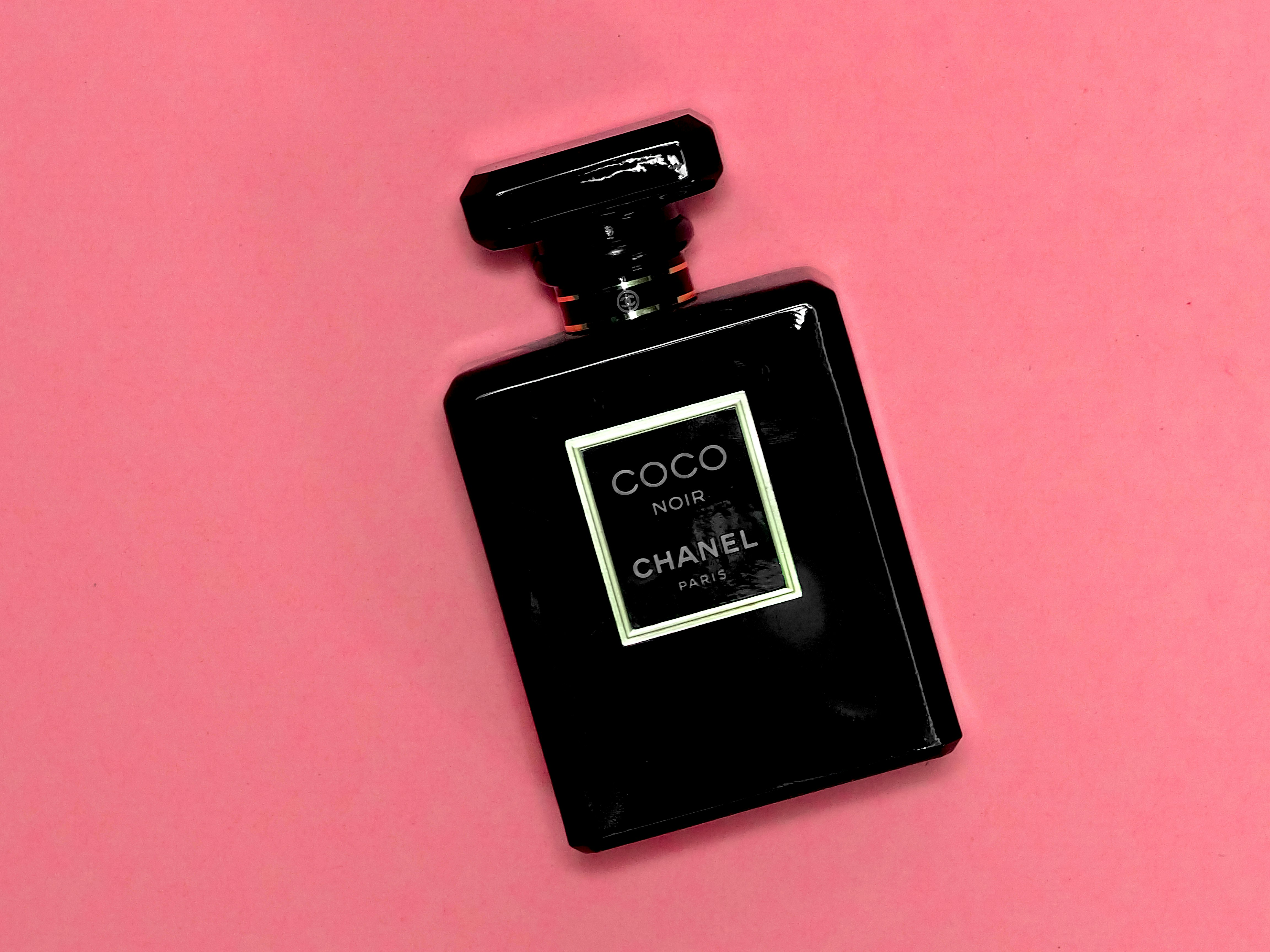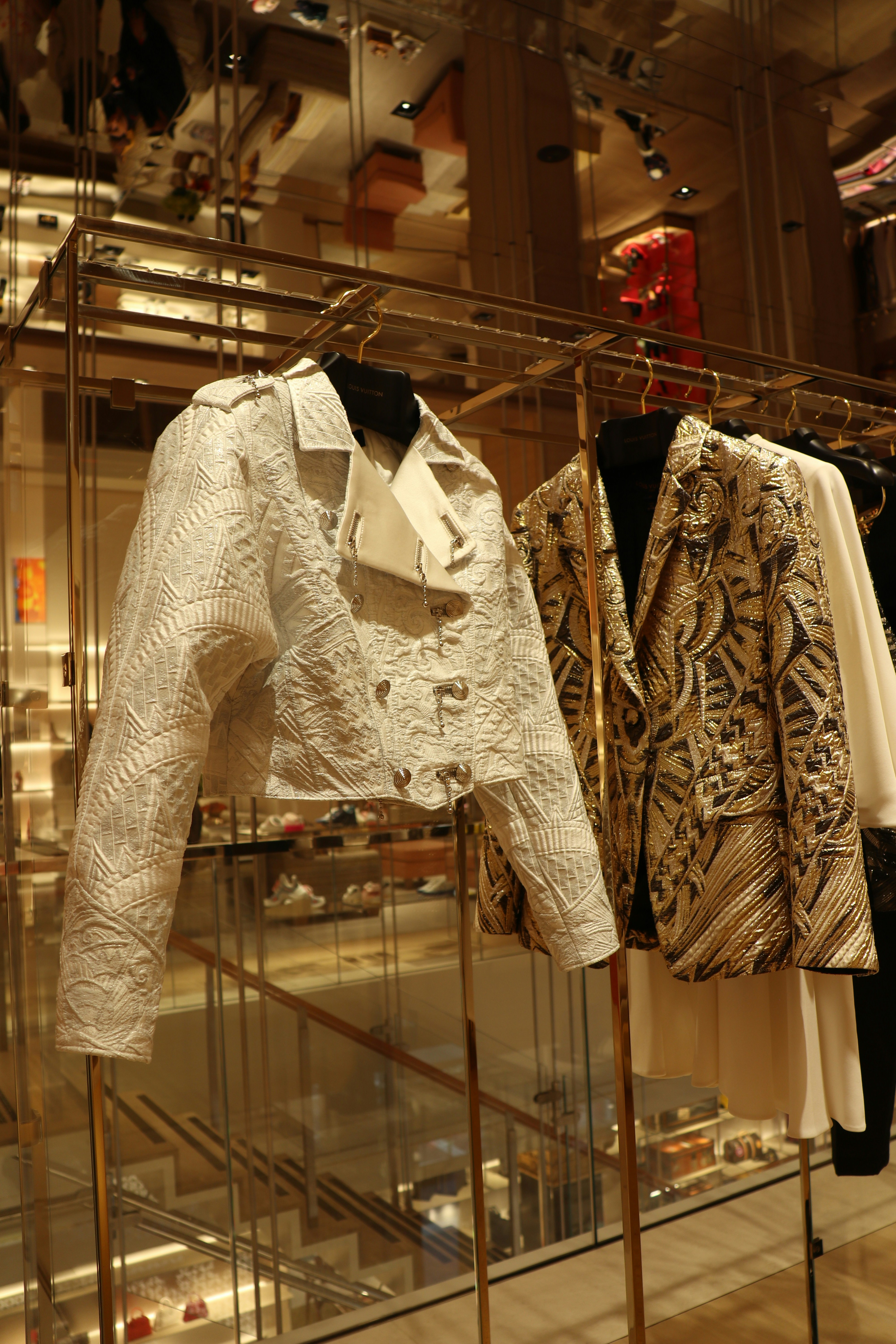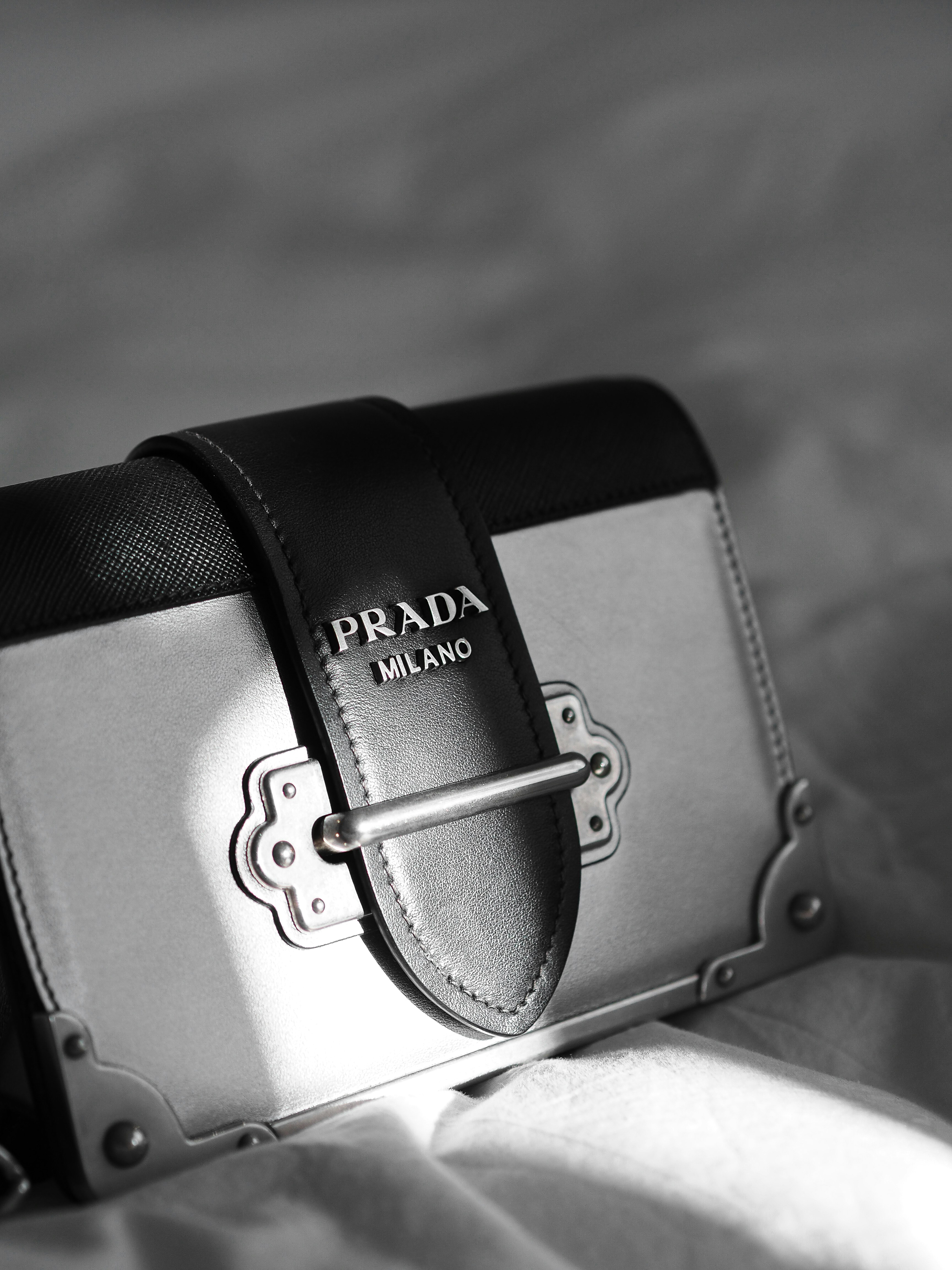The Founding of Nina Ricci: A Heritage of Fashion
Nina Ricci, a name that resonates with elegance and sophistication, was established in 1932 in Paris by the visionary Italian fashion designer Nina Ricci and her son Robert. The early years of the fashion house unfolded within a complex landscape marked by the social and economic challenges of the 1930s. This period was characterized by a distinct shift in women’s fashion, where the emphasis moved toward more refined and feminine silhouettes. Nina Ricci’s creations were emblematic of this movement, as they effortlessly blended delicate artistry with practical elegance, celebrating the innate beauty of the female form.
In the highly competitive fashion industry of the 1930s, Ricci’s work stood out for its meticulous craftsmanship and chic designs. Her garments were notable for their soft lines and luxurious fabrics, appealing to women seeking both style and comfort. Unlike many of her contemporaries, who often focused on ostentation, Ricci sought to create pieces that understatedly highlighted the femininity of the wearer, a vision that would later become a cornerstone of the brand’s identity. The nurturing encouragement from her son Robert was also pivotal, as he assisted in building the brand while ensuring its vision remained true to Nina’s artistic values.
The advent of World War II presented significant challenges for the fashion industry, as resource scarcity forced many designers to scale down their operations or pivot their focus. However, Nina Ricci managed to navigate these constraints with ingenuity. By adapting her designs to incorporate more accessible materials without compromising on elegance, she preserved the integrity of her brand during turbulent times. This ability to evolve while retaining her foundational philosophy solidified Nina Ricci’s status as a vanguard of feminine fashion, setting the stage for future generations to inherit her legacy.
Timeless Femininity: Signature Styles and Silhouettes
Nina Ricci has long been synonymous with the embodiment of femininity in fashion, characterized by its graceful styles and sophisticated silhouettes. The hallmark of Nina Ricci’s designs lies in the seamless integration of soft lines and delicate fabrics, which together create an alluring yet understated elegance. The brand’s aesthetic is marked by a commitment to enhancing the female form, resulting in garments that not only flatter but also evoke a sense of poise and confidence.
One of the defining features of Nina Ricci’s collections is the use of lace, a material that evokes both romance and sophistication. Lace detailing often adorns dresses, blouses, and skirts, contributing a touch of intricate beauty that transforms simple silhouettes into works of art. Flowing dresses, a staple of the brand, further embody this sense of femininity, often characterized by their gentle draping and ethereal movement. These garments are designed to catch the light and flow gracefully with the wearer, creating a captivating visual impact.
Apart from the ethereal fabrics, Nina Ricci’s expert tailoring techniques play a crucial role in accentuating the feminine silhouette. The brand often employs precision in crafting fitted bodices and flared skirts, which adds structure while maintaining a sense of softness. Iconic pieces such as the ‘Nina Ricci dress’, characterized by its hourglass shape, exemplify how tailored elegance can influence the perception of femininity within the fashion world. This style not only highlights the natural curves of the body but also serves as a timeless representation of what it means to be elegantly feminine.
Through these signature styles and silhouettes, Nina Ricci has significantly impacted the fashion landscape, redefining femininity while ensuring that her designs remain eternally relevant. The interplay of softness, structure, and luxurious textiles is a testament to the brand’s enduring legacy and its influence on the evolution of women’s fashion over the decades.
The Role of Lace in Nina Ricci Designs
Lace has long held a significant place in the world of fashion, often symbolizing femininity and timeless elegance. Within the esteemed collections of Nina Ricci, lace serves as a defining element, transcending mere fabric to become a hallmark of the brand’s identity. Nina Ricci, known for her sophisticated and delicate designs, embraced lace not only for its aesthetic allure but also for its intricate craftsmanship, which reflects the artistry of haute couture. The incorporation of lace into her dresses creates a unique interplay between sensuality and sophistication, enabling the wearer to exude confidence and grace.
The integration of lace began early in Ricci’s career, where delicate lace patterns were meticulously applied to evening gowns and bridal wear. This choice elevated the garments, giving them a romantic quality that defined the brand’s image. Ricci’s innovative approach showcased lace as more than an embellishment; it became a fundamental component of her designs, symbolizing the refined nature of femininity cherished in early to mid-20th-century fashion. Over the decades, the application of lace has evolved, incorporating modern techniques while remaining loyal to Ricci’s legacy.
In recent years, Nina Ricci has revisited lace, adapting it to contemporary sensibilities. Modern interpretations of this classic material highlight bolder designs and unconventional layering, appealing to a younger demographic while maintaining the original spirit of elegance. Lace remains a quintessential aspect of the brand, demonstrating that Ricci’s timeless vision thrives in the ever-changing landscape of fashion. Even today, designers who carry on Ricci’s legacy utilize lace, ensuring that the attributes of charm and sophistication remain pivotal in their collections. As a testament to its enduring appeal, lace continues to be a symbol of the elegance that defines Nina Ricci.
Nina Ricci in Contemporary Fashion: A Lasting Influence
Nina Ricci, a name synonymous with timeless elegance and femininity, continues to shape the contemporary fashion landscape. The legacy established by the brand resonates profoundly with modern designers, who draw inspiration from its rich history and distinctive style. Today’s fashion trends often reveal echoes of Nina Ricci’s core principles, emphasizing grace, refinement, and a celebration of soft silhouettes that flatter the female form.
In recent years, notable collaborations have further solidified the brand’s presence in the fashion world. Designers who understand Nina Ricci’s heritage, such as the current artistic director, have breathed new life into the collections while honoring the traditional craftsmanship associated with the label. These partnerships not only bring fresh ideas but also showcase a seamless blending of vintage aesthetics with contemporary sensibilities, creating pieces that attract a wide audience.
Runway shows featuring Nina Ricci designs have evolved dramatically while still capturing the essence of the brand. The collections highlight innovative use of fabrics, intricate detailing, and fluid lines reminiscent of Ricci’s original designs. These elements serve to create a narrative not just about fashion, but about an enduring elegance that transcends trends. As we witness the evolution of fashion, Nina Ricci’s influence is omnipresent, weaving through various collections and capturing the imagination of consumers.
Current leadership at Nina Ricci has taken an approach that respects the brand’s legacy while navigating the fast-paced fashion industry. By focusing on sustainability and inclusivity, the brand seeks to align with modern consumer values, ensuring that Nina Ricci remains relevant in a constantly changing market. This balance of tradition and innovation allows the legacy of Nina Ricci to flourish, captivating new generations while maintaining a commitment to the elegance that defines the brand.














